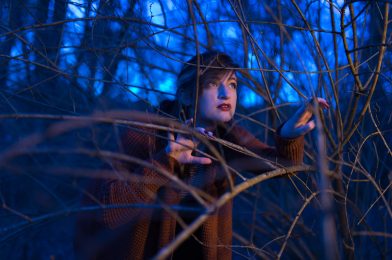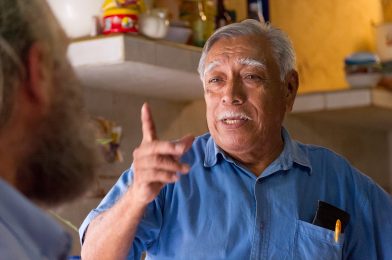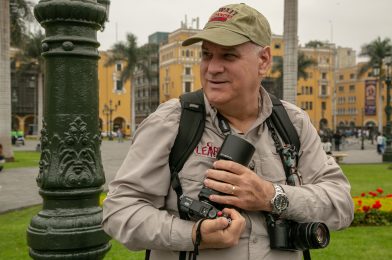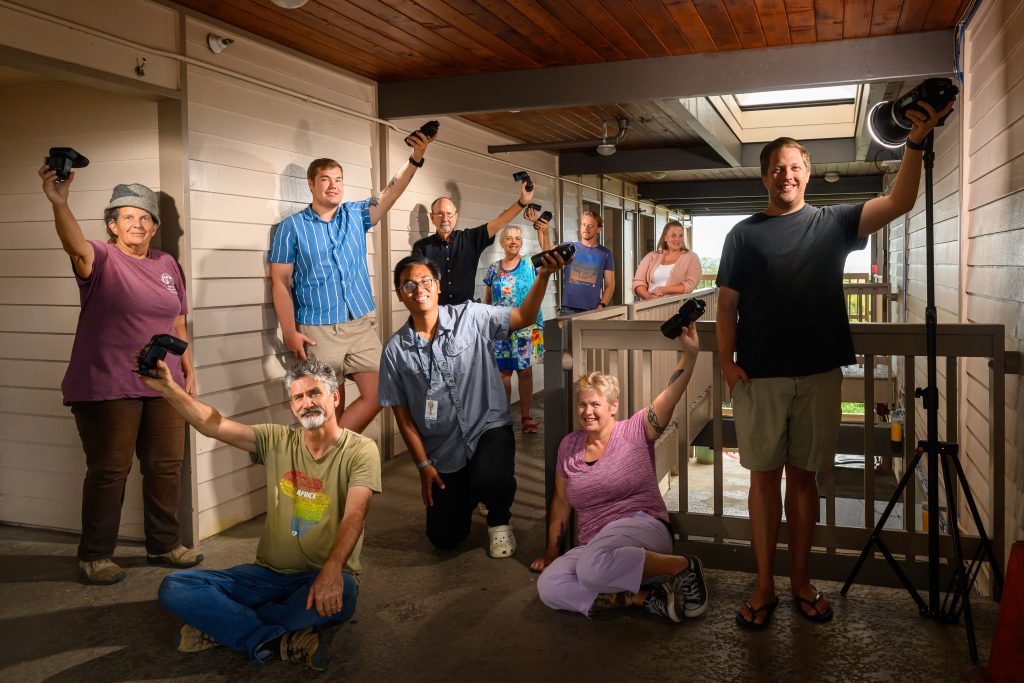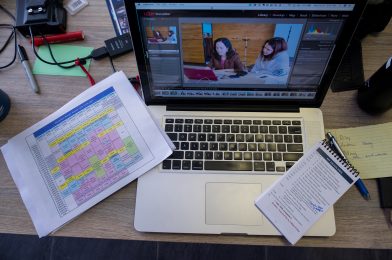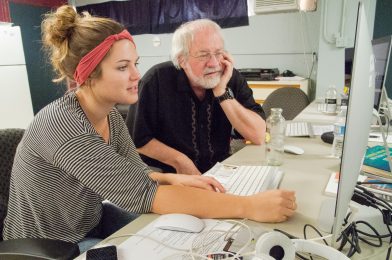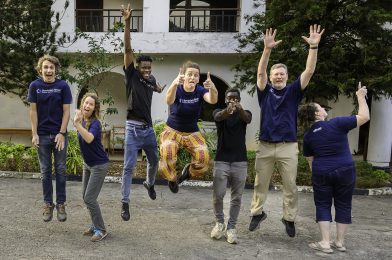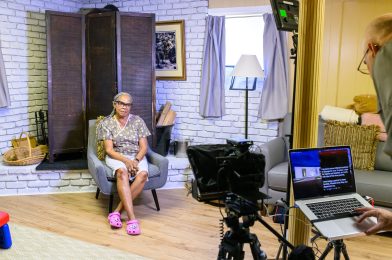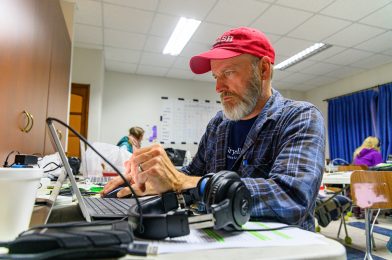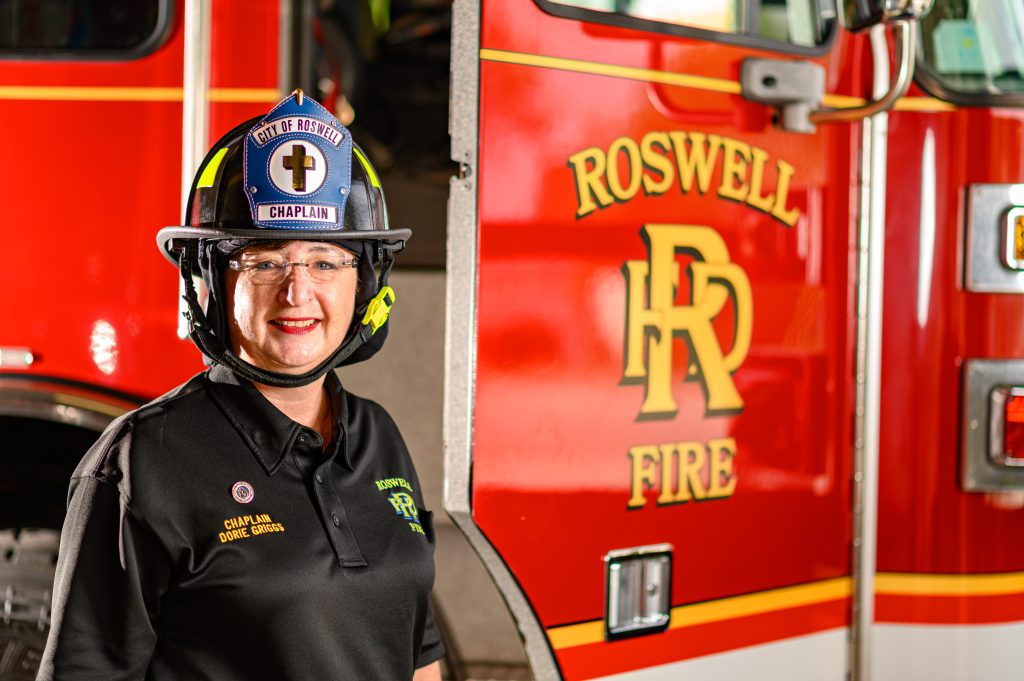As storytellers and photojournalists, it’s easy to fall in love with a “look.” We all have go-to techniques—such as shallow depth of field, dramatic off-camera lighting, or a high-contrast edit—that feel safe and impressive. But if we’re not careful, what started as a creative tool can quickly become a crutch.
I’ve seen it repeatedly—photographers leaning too hard into a style and losing their ability to communicate the depth and complexity of real stories. Think of the impact of Steve McCurry’s iconic Afghan Girl portrait. That one photo inspired generations, but too many have spent their careers chasing a look instead of listening for truth.

Or the obsession with razor-thin depth of field. Yes, it’s beautiful. Yes, it can draw your eye. But it can also rob your viewer of context—where the subject is, what’s happening around them, and why it matters.
The same applies to the popular one-light, off-camera flash portrait taken outdoors. The technique can be powerful. But if every photo in your portfolio feels like a fashion shoot, even when documenting people in crisis or poverty, you’re probably missing the point of visual storytelling.
Let’s be clear: technique isn’t bad. Style isn’t bad. But when your style becomes more important than the story, you’re no longer a communicator but a performer.
Are You Stuck? Here’s How to Tell:
Ask yourself these questions:
- Are most of your photos shot the same way? (Same lens, same lighting, same framing?)
- Do you default to a specific technique even when it may not serve the story?
- Are you making your subject fit your style, rather than letting their environment shape your approach?
- Do your photos raise more questions than answers—not because they’re mysterious, but because they’re missing context?
- Have mentors or peers challenged your choices, and have you been quick to defend your style instead of listening?
- When was the last time you tried something uncomfortable or unfamiliar?
- Are you more concerned with what looks cool than what communicates well?
You might be stuck in a style loop if you said “yes” to more than a couple of these.
How to Grow as a Visual Communicator:
Here are some ways to stretch yourself and become a more effective storyteller:
- Shoot with intent, not instinct. Start by asking What do I want the viewer to feel or understand from this image? Let that guide your creative decisions.
- Use a wider lens for context. Challenge yourself to shoot more with a 24mm or 35mm lens and include more of the environment. Show the whole story, not just the character.
- Limit your gear. Force yourself out of your routine. Use only one prime lens for a wee,k, or shoot entirely without flash.
- Study classic documentary work. Look at how great storytellers like Don Rutledge, Dorothea Lange, or Gordon Parks communicated using space, layers, and emotion, not gimmicks.
- Tell full stories, not just moments. Work in sequences or photo essays that show setting, conflict, resolution, and character.
- Get feedback. Find trusted peers or mentors who care more about the message than metrics, and listen to their critique.
- Learn to let go. Some photos may be “wow” shots, but don’t serve the story. Have the courage to leave them out when they don’t belong.
- Mix things up. If you’re a natural light shooter, learn flash. If you love portraiture, work on your candid moments. Build range.
- Write captions. You’ll be surprised how much more clearly you’ll shoot when you think about words and narrative.
- Let the story lead. Ultimately, your subject’s truth should shape your choices, not your signature look.
Final Thoughts
As the storyteller behind Stanley Leary: Crafting Stories that Change Lives, my greatest joy is helping others communicate clearly and with integrity. Style has its place, but when we value aesthetics over authenticity, we miss the opportunity to make a real impact.
Don’t just chase a look. Chase understanding. Chase meaning. Chase truth.
And let your photos speak for the people, not for your portfolio.

